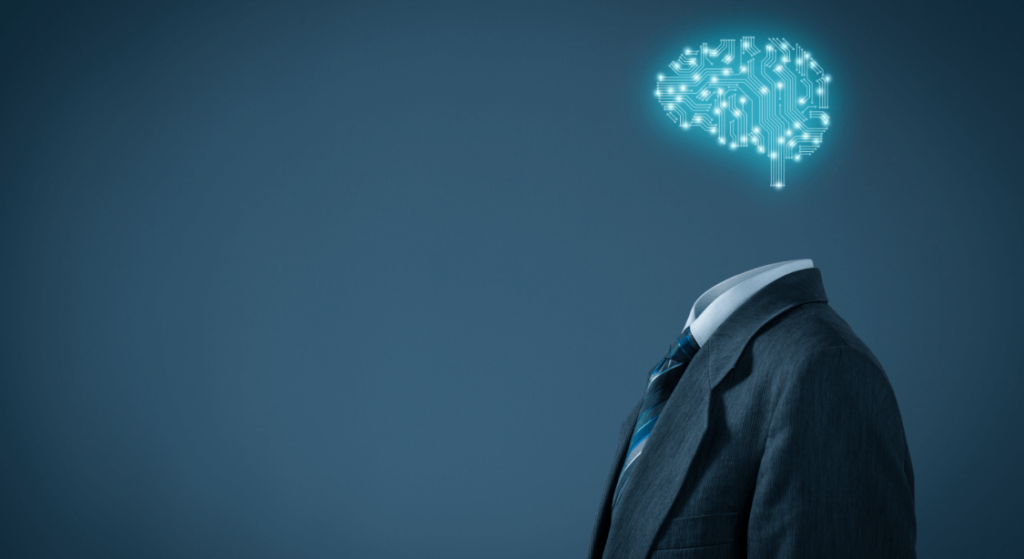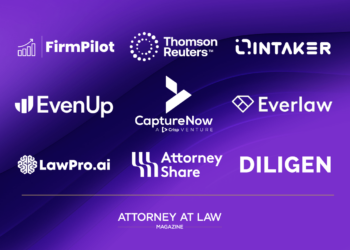Although it may be some time before we commute to work in flying cars or teleport to our company’s lunar outpost, a concept once thought to be outside the realm of possibility is now on the verge of transforming the modern workplace – working side-by-side with robotics capable of artificial intelligence (AI).
By eliminating the human element, this technology can analyze a vast amount of data and search for patterns – helping employers to automate and systematize processes often driven simply by instinct. Perhaps more extraordinary, AI is designed to learn from experience to get an ever-better idea of how to best perform a given task. In other words, the HAL 9000 of the 1968 film “2001: A Space Odyssey” is nearer than we think!
As new technologies emerge and AI is integrated into the modern workplace, they will undoubtedly raise a number of valid legal issues – particularly those relating to a reduction in workforce, safety protocols and employee privacy concerns.
ARTIFICIAL INTELLIGENCE IN THE WORKPLACE
The nature of change that AI will occasion is much different that the automation revolution experienced by industry. Over the past several decades, machines and robotics have been replacing workers who perform certain rote physical and mechanical functions. For example, years ago it was a new concept to have machinery used on assembly lines and in workplace settings where workers physically moved an item from point A to point B. And now, another line of workers is at risk of becoming obsolete – those whose job function involves using reason to make a recommendation or selection between items and/or actions.
As AI is being increasingly integrated into the modern workplace, the effects will be felt by all workers, across industry and spanning over all executive functions. In a recent article, Arthena CEO Madelaine D’Angelo discussed how AI will transform the financial industry by automating and streamlining processes in banking, trading and investment to achieve lightning speed analysis, forecasting and recommendations. Instead of having to think, the computers will do it for us. The role of people in the workplace will change, with many becoming support to the AI that is increasingly replacing our workforce.
HANDLING THE INEVITABLE REDUCTION IN WORKFORCE
Over time, the AI revolution will inevitably lead to a reduction in our workforce. As businesses proceed with implementing AI, unions and workers will undoubtedly pursue legal challenges to save or protect as many jobs as possible.
On this basis, each company should consider inclusion of its in-house counsel and human resource department in discussions regarding any AI integration into the workplace. Cloaking these conversations under attorney-client privilege is critical to ensuring thorough and candid discussion of the topic and practical implications. In addition, developing a legally defensible implementation plan is essential to minimizing associated transition costs. It’s important to always consider use of a voluntary termination plan that complies with applicable laws and regulations.
Next, employers should determine which applicable statutory and contractual obligations will be triggered, paying particular attention to the Worker Adjustment and Retraining Notification Act. Where unionized workers are concerned, make sure all obligations to bargain are met and adequate notice is provided to leadership. Build a record that demonstrates meeting the good faith bargaining obligation.
MEETING WORKPLACE SAFETY REQUIREMENTS
The Occupational Safety and Health Administration (OSHA) requires employers to complete hazard assessments. This process involves reviewing the workplace to identify occupational hazards and develop methods to achieve appropriate controls. The integration of AI into the workplace presents several challenges to employers in meeting these legal obligations.
AI is essentially a new concept, and few people understand the specific details of how it works or could malfunction. Without this knowledge, it’s difficult to identify all occupational hazards that AI will create. This makes developing control methods nearly impossible and the response plan for reportable incidents problematic. Similarly, developing appropriate safety plans for workers involved with the AI integration and ongoing operation will be challenging.
Employers should consider establishing a multidisciplinary core team that can review the AI systems before implementation to handle the hazard assessment and develop a compliant response plan and safety training, as this will become best practice in AI workplace integration.
EMPLOYEE PRIVACY CONSIDERATIONS
Employers should also be careful with coupling wearable technology and AI. Serious privacy issues exist when using technology to gather personal information for employee wellness support or to track employee movement during the workday. Be sure to examine the laws where the company does business to ensure AI wearable technology use is compliant.
Human resource departments that use AI support in employee applicant review should be extremely rigorous in reviewing these systems to ensure their use is legally defensible and does not present discrimination claim exposure. Sarah O’Keefe









